Do Shoe Stretchers Work: What You Need to Know About Shoe Stretchers
Yes, shoe stretchers work. A shoe stretcher is essential for stretching shoes to their full potential. By stretching the boots the right way, you can help them become more durable and fit better. Additionally, shoe stretchers can help to reduce foot pain and prevent injuries. A shoe stretcher is a perfect solution if you’re looking for a way to stretch your shoes without damaging them.
Shoe Stretchers and the Reasons Why You Need It
Shoe stretchers can be a lifesaver for people who have worn or broken shoes. They come in various shapes and sizes to stretch out almost any type of shoe. Keeping the stretcher clean is essential to prevent it from becoming damaged or wet.
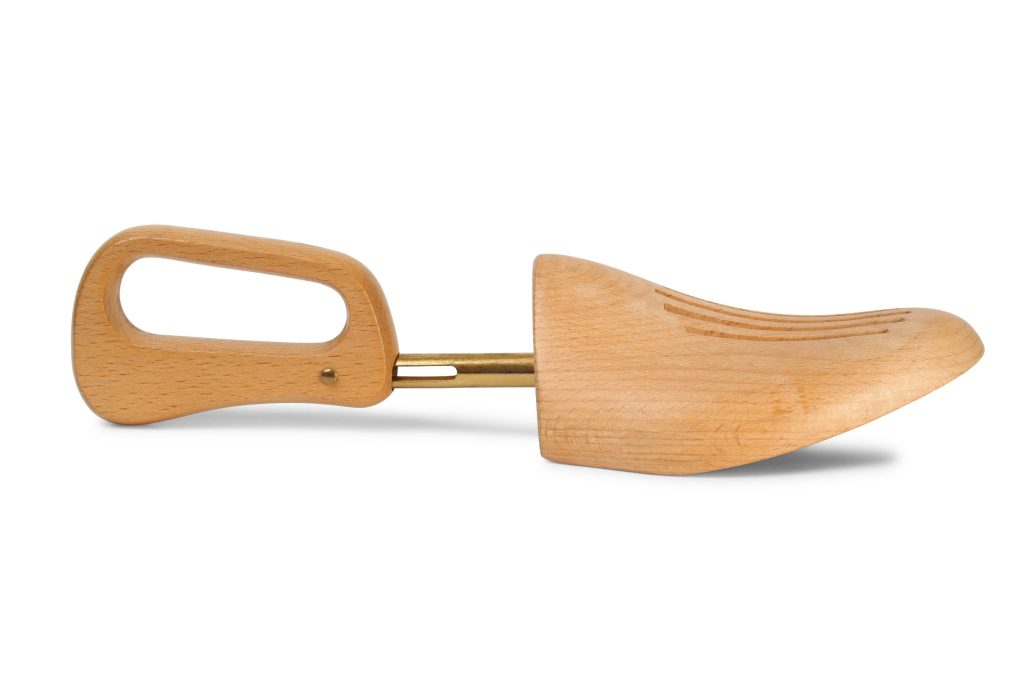

Can Help Fix Shoes
Shoe stretchers can help fix shoes that are too tight or that rub and cause blisters. To use a shoe stretcher, you place it inside the shoe and adjust it to stretch the areas causing discomfort. For example, some shoe stretchers have built-in bunion plugs or other attachments that can pull specific shoe areas. You can then leave the stretcher in the shoe for a few hours or overnight to allow the shoe to stretch.
Increase Comfortability
Shoe stretchers can help stretch out shoes, making them more comfortable to wear and making removing wet or muddy shoes from your feet easier. Additionally, shoe stretchers can help improve flexibility and circulation in the feet, which can benefit people with tight bunions or other foot problems.
Whether you’re a busy mom who needs a way to stretch out shoes for the kiddos or trying to avoid wet feet on rainy days, shoe stretchers are a great way to get the job done.
Stretchers and How They Work on Different Materials
Leather
According to BoyRiven, leather is a versatile material used in different leather materials. It helps to stretch the fibers and makes the repair or new item look nicer. You can also use it for suede, nubuck, and fabric materials. It won’t work on synthetic materials such as PVC or neoprene. Instead, always use it for items in good condition that need stretching, not repairs or new items.
Synthetic
Synthetic materials can be a pain to work with – they often resist stretching and don’t seem to take dirt or glue stains well. That’s where shoe stretchers come in!
They are specifically designed for working with synthetic materials, which makes them incredibly efficient.
As the material is stretched and then contracted again, it breaks down into smaller pieces, simultaneously removing all the dirt and glue residue. So make sure you get a shoe stretcher that is right for your specific type of fabric – not all stretchers are created equal!
Rubber
Rubber stretchers are a great way to restore shoes to their original shape and make them softer. They work best on shoes with a thicker sole, so select the suitable stretcher for the job! This handy tool can also be used on leather and suede shoes, making it an ideal option for all types of footwear. Ensure you dry them properly afterward – rubber stretchers will cause damage if left wet!
Tips When Using a Shoe Stretcher
Set Up the Shoe Stretcher
Setting up a shoe stretcher can reduce the time it takes to repair or replace shoes. Following the instructions minimizes the risk of injuries and ensures that your shoes are treated professionally.
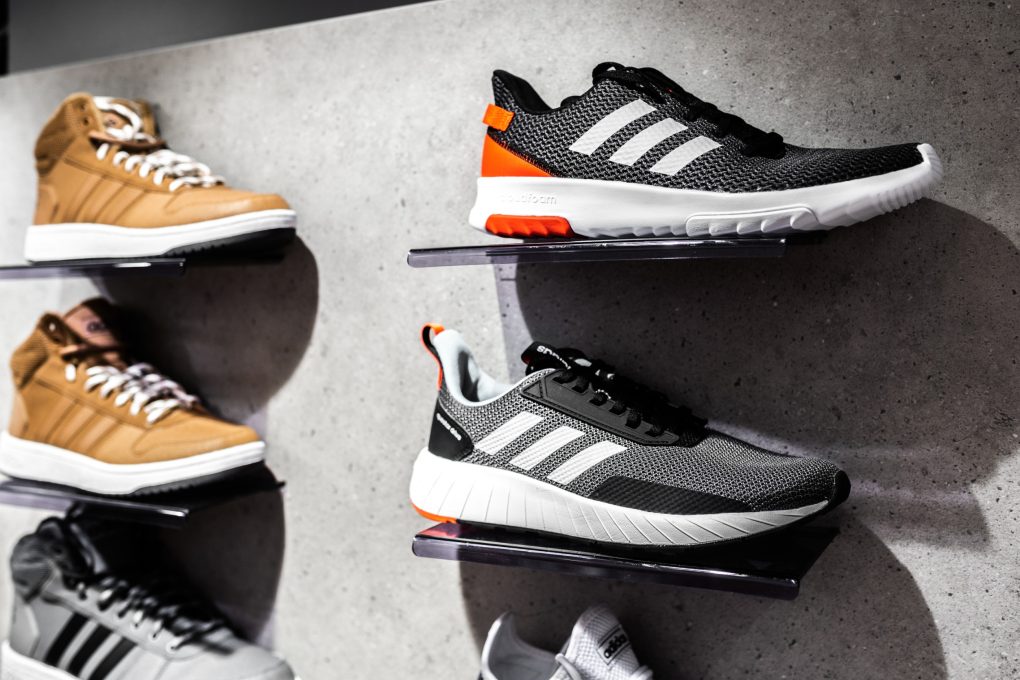

You can use the stretcher at home or take it with you when you walk – whichever works better for you. The best time to use the stretcher is when your shoes start to wear out this way, you get to save money on footwear replacements in the future!
Add Bunion Attachments
If you have bunions, stretching them out can be a difficult task. However, various techniques can help – from using shoe stretchers to heating the shoes. Unfortunately, there is no way to stretch shoes ideally; each person’s feet are different, so it takes time for the stretching process to work correctly.
Ensure you follow the instructions carefully and be patient, as results may vary depending on your footwear type and size of bunion(s). Finally, store your stretched shoes in a cool, dry place so they last longer!
Insert the Shoe Stretcher
If you’re having trouble stretching your shoes to their full potential, the shoe stretcher can come in handy. It’s a simple tool that helps extend shoes by inserting them into them and then pulling them up. It is essential to use the stretcher evenly so that pressure points on feet or legs are eliminated. You should take it to a physio clinic for the best results if professional help is needed.
Stretch the Shoe Length
Sometimes stretching the shoe length (if needed) can help to make it fit better. To do this, place the shoe on the stretcher with the heel hanging over one end. Some shoe stretchers have built-in plugs that you can use to stretch specific shoe areas, such as the toe or the heel.
Use the handles or knobs on the stretcher to adjust the amount of stretch. Start with a moderate amount of stretch and gradually increase it until you reach the desired level of stretch. Hold for 5-10 seconds and release before putting the shoe back on. If the shoe is too tight, you can repeat the process until you reach the desired comfort level.
Stretch the Shoe Width
There are a few ways to stretch your shoes if they’re too tight. One way is to use a shoe stretcher, which can be bought online or at certain shoe stores. Ensure you follow the instructions carefully and don’t overstretch the shoes – stretching them too much can cause injuries.
If stretching the width of your shoes isn’t an option, try wearing different types of socks with your shoes to get a more comfortable fit. For example, wearing two pairs of socks will help stretch both widths and make it easier for your feet to move around correctly inside the shoe.
Stretch the Shoe Opening
Shoe stretchers can help you stretch out shoes if they are too tight. For example, you will need a shoe stretcher that is the right size for your shoes, and it should be close enough to stretch the opening but not so tight that it damages the mesh.
After stretching the shoes, wear them for a few hours to see if they have become more comfortable. If not, you can try using a shoe stretcher again.
Leave the Shoe to Stretch
Stretching the shoe before wearing it will result in a longer lifespan. Start by taking the shoe off and placing it on a flat surface. Make sure there is enough room to stretch the shoe – leave about 1 inch of space at the toe and heel.
Thread the stretcher through one hole in the shoe’s side, ensuring it is tight but not too tight. Then place your other hand on top to hold it down – this will help stretch evenly across the entire shoe.
Best Shoe Stretchers
One Way Shoe Stretcher
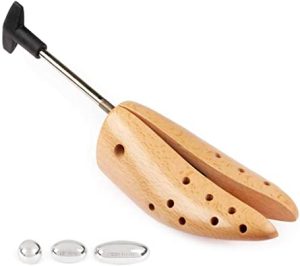

A one-way shoe stretcher is a tool designed to stretch a shoe’s width in only one direction. This type of stretcher is typically used to extend the width of the shoe in the area where it rubs or causes discomfort, such as over the toes or on the sides of the foot.
To use a one-way shoe stretcher, you place it inside the shoe and adjust it to stretch the area causing discomfort. You can then leave the stretcher in the shoe for a few hours or overnight to allow the shoe to stretch.
One Way Shoe Stretcher for Insteps
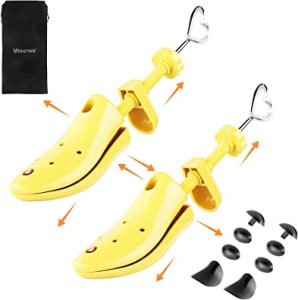

If you have narrow feet or bunions, using a one-way shoe stretcher can help widen the space in your shoes. For example, a one-way shoe stretcher designed for insteps is a tool that is used to stretch the width of the shoe in the area of the instep or the top of the foot.
The stretcher is also effective for people with foot problems like plantar fasciitis or pronation issues. To use the stretcher, first, place it on top of your shoe and tie it tightly around your ankle. Then, make sure to use it regularly to see the best results.
Two-Way Shoe Stretchers
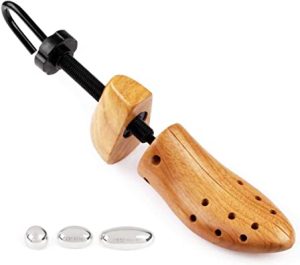

Are you in a hurry and need to take care of your shoes? Then you will love the two-way shoe stretchers! These handy little devices can help stretch out shoes up to three sizes, help with alignment issues, and even be used on high heels and flats.
Two-way shoe stretchers are tools designed to stretch the width and length of shoes to make them more comfortable. For example, they can help fix shoes that are too tight or that rub and cause blisters.